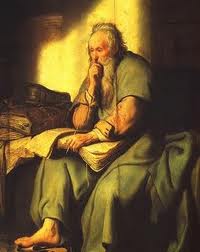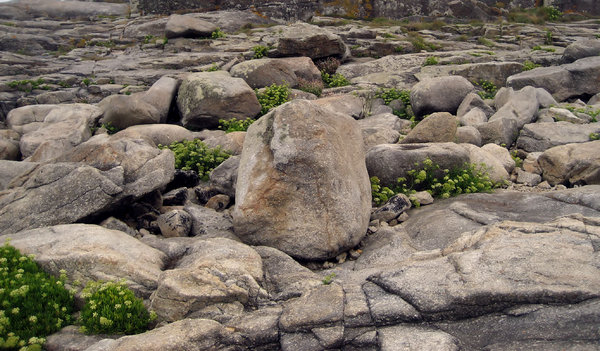Question
Dear Gramps,
I just became aware of the fact that the story of the Exodus is seriously doubted by archeologists and scholars. In fact, my understanding is that modern day archeologists believe that the Jewish people came from Canaan and not from Egypt. I was wondering if you knew of any LDS responses to this claim? Best regards.
Rhett
Answer
Dear Rhett,
My latter-day saint response relies heavily on the teachings of former-day saints. Nephi saw in vision our modern day when the Bible would be called into question by skeptics in believers clothes. He saw The Book of Mormon and other books would come forth “convincing … the Gentiles,” the Lehites, “and the Jews … that the records of the prophets and of the twelve apostles of the Lamb are true” (1 Nephi 13:39). In this period when stories of faith are getting capsized by disbelief, a second witness rows to the rescue and provides relief. The Book of Mormon: another testament of Jesus Christ testifies not only of the Messiah of the New Testament and the God of the whole world (including the Americas), but it also reaffirms the covenant Jehovah made and manifested with His chosen people.
Nephi himself reaffirms the story of the Exodus more than any other ancient American prophet. For him, the story of the exodus bolsters his faith that whatever God commands is accomplished (1 Nephi 4:2, 2 Nephi 25:20). In the most detailed form, Nephi’s account of Israel’s mass migration includes elements we’re all familiar with: Israel’s descendants were in grievous bondage; God commanded Moses to deliver them; Moses parted the Red Sea with God’s power and they walked across on dry ground; the pursuing Egyptians were drowned; the Israelites were fed on manna; they drank water from a rock; the Lord personally led them and provided light at night; rebellion with the accompanying straitening; the fiery serpents and the brass serpent; crossing the Jordan, they drove out the current inhabitants to claim the land of their inheritance. (1 Nephi 17:23-32, 40-42). These teaching are again reaffirmed by Limhi, in the story of Abinidi, Alma, and the later Nephi.
It makes sense to see these faith stories repeated throughout The Book of Mormon, as that was the great miracle of their heritage. It would have been preserved intact for them through the brass plates, which contained “the five books of Moses” among other things (1 Nephi 5:11). This, however doesn’t necessarily contradict the leading theorists, as the current popular notion is that the period of Isaiah is about the time these stories came about. We can add one more testimony to the mix, and that is the word of the Lord Himself. Instructing Oliver Cowdery on the spirit of revelation, the Lord taught, “this is the spirit by which Moses brought the children of Israel through the Red Sea on dry ground” (D&C 8:3).
As for the archaeological defense, for that you would probably be best served by our Christian brothers who have defending our commonly held beliefs for centuries before Joseph Smith came on the scene. You can start with anything citing the Merneptah stele, which is the earliest mention of Israel as a nation and dates to the time of Ramses the Great’s successor.
Gramps







